Health Care > QUESTIONS & ANSWERS > MENTAL HESI 6 (50 Questions) (Latest Update) (A Graded) Latest Questions and Complete Solutions (All)
MENTAL HESI 6 (50 Questions) (Latest Update) (A Graded) Latest Questions and Complete Solutions
Document Content and Description Below
MENTAL HESI 6 (50 Questions) (Latest Update) (A Graded) Latest Questions and Complete Solutions Psychiatric Hesi book 1. A female client mumbles out loud whether anyone is talking to her or not and ... she also mumbles in group when others are talking. The nurse determines that the client is experiencing hallucinations. Which intervention should the nurse implement? A. Respond to the client's feelings rather than the illogical thoughts. B. Identify beliefs and thoughts about what the client is experiencing. C. Provide the client with hope that the voices will eventually go away. D. Ask the client how she has previously managed the voices. Rationale: The nurse should promote symptom management and determine how the client previously managed the voices (D). (A and B) are interventions that are useful with clients who are experiencing delusions. (C) is important, but the most important intervention is to promote symptom management. 2. A child is brought to the emergency department with a broken arm. Because of other injuries, the nurse suspects the child may be a victim of abuse. When the nurse tries to give the child an injection, the child's mother becomes very loud and shouts, "I won't leave my son! Don't you touch him! You'll hurt my child!" What is the best interpretation of the mother's statements? She is A. regressing to an earlier behavior pattern. B. sublimating her anger. C. projecting her feelings onto the nurse. D. suppressing her fear. Rationale: Projection is attributing one's own thoughts, impulses, or behaviors onto another: it is the mother who is probably harming the child and she is attributing her actions to the nurse (C). The mother may be immature, but (A) is not the best description of her behavior. (B) is substituting a socially acceptable feeling for an unacceptable one. These are not socially acceptable feelings. The mother may be suppressing her fear (D) by displaying anger, but such an interpretation cannot be concluded from the data presented. 3. A 38-year-old female client is admitted with a diagnosis of paranoid schizophrenia. When her tray is brought to her room, she refuses to eat and tells the nurse, "I know you are trying to poison me with that food." What response by the nurse is the most therapeutic? A. "I'll leave your tray here. I am available if you need anything else." B. "You're not being poisoned. Why do you think someone is trying to poison you?" C. "No one on this unit has ever died from poisoning. You're safe here." D. "I will talk to your healthcare provider about the possibility of changing your diet." Rationale: (A) is the best choice because the nurse does not argue with the client or demand that she eat but offers support by agreeing to "be there if needed," which provides an open, rather than closed, response to the client's statement. (B and C) are challenging the client's delusions, and (B) asks "why." Probing questions, which usually start with "why," are usually not therapeutic communication for a psychotic client. (D) has nothing to do with the actual problem (i.e., the problem is not with any particular diet, but with client delusions). 4. Clients are preparing to leave the mental health unit for an outdoor smoke break. A client on constant observation cannot leave and becomes agitated and demands to smoke a cigarette. What action should the nurse take first? A. Remind the client to wear the nicotine (NicoDerm) patch. B. Determine if the client still needs constant observation. C. Encourage the client to attend the smoking cessation group. D. Explain that clients on constant observation cannot smoke. Rationale: The nurse should continually reassess the need for constant observation (B) so that the client can have unit privileges such as outdoor breaks. (A and C) do not meet the client's need and desire to smoke. (D) will cause more agitation. 5. The nurse develops a plan of care for a client with symptoms of paranoia and psychosis. The priority nursing diagnosis is Impaired social interactions related to inability to trust. Which intervention is most important for the nurse to implement? A. Greet the client by first name during each social interaction. B. Determine if the client is experiencing auditory hallucinations. C. Introduce the client to peers on the unit as soon as possible. D. Assign the client to a group about developing social skills. Rationale: The most important nursing intervention is to greet the client by name (A) and provide short, frequent contact to establish trust. The presence of auditory hallucinations can impact social interactions (B), but it is not a priority intervention. (C and D) are effective interventions after individual rapport has been established with the client. [Show More]
Last updated: 1 year ago
Preview 1 out of 23 pages
 (Latest Update) (A Graded) Latest Questions and Complete Solutions.png)
Buy this document to get the full access instantly
Instant Download Access after purchase
Add to cartInstant download
We Accept:

Also available in bundle (1)
 (Latest Update) (A Graded) Latest Questions and Complete Solutions.png)
MENTAL HESI 1, 2, 3, 4, 5, 6, and 7 (Latest Update) (A Graded) Latest Questions and Complete Solutions
MENTAL HESI 1, 2, 3, 4, 5, 6, and 7 (Latest Update) (A Graded) Latest Questions and Complete Solutions
By ApicalGrades 3 years ago
$75
7
Reviews( 0 )
$23.00
Document information
Connected school, study & course
About the document
Uploaded On
Jun 03, 2021
Number of pages
23
Written in
Additional information
This document has been written for:
Uploaded
Jun 03, 2021
Downloads
0
Views
67

 AANP-FNP LIGHTNING ROUND REVIEW-2.png)
 MACROECONOMICS QUESTIONS AND ANSWERS.png)
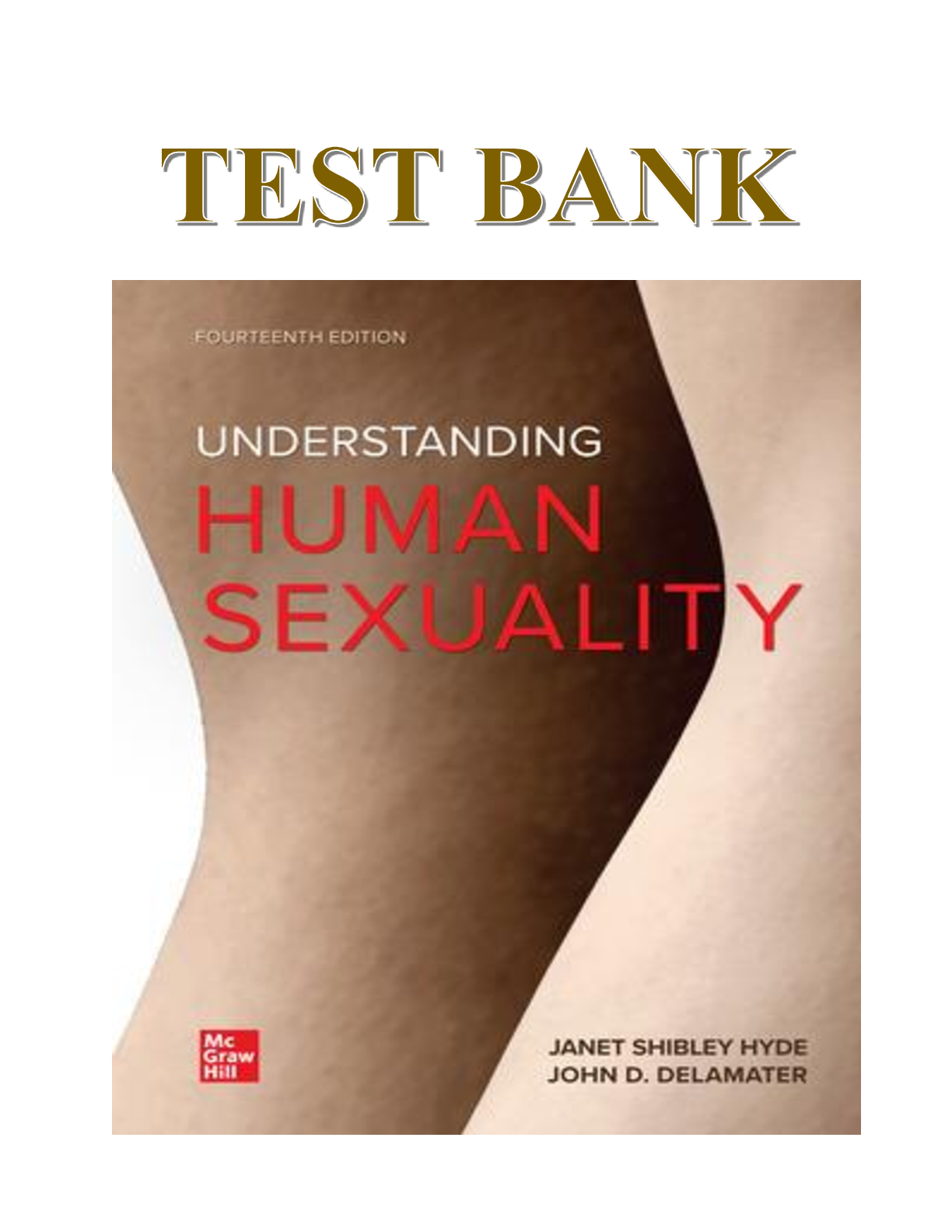
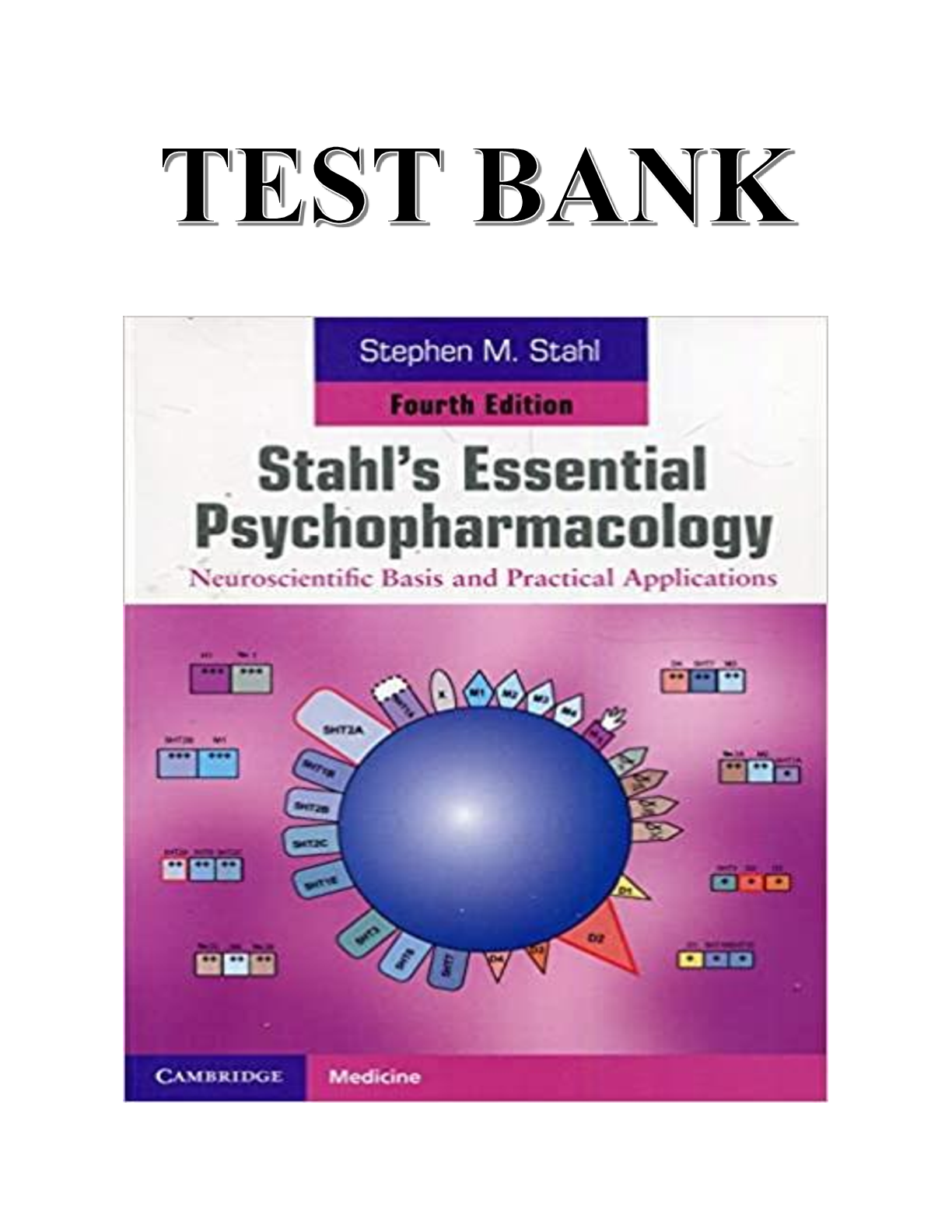
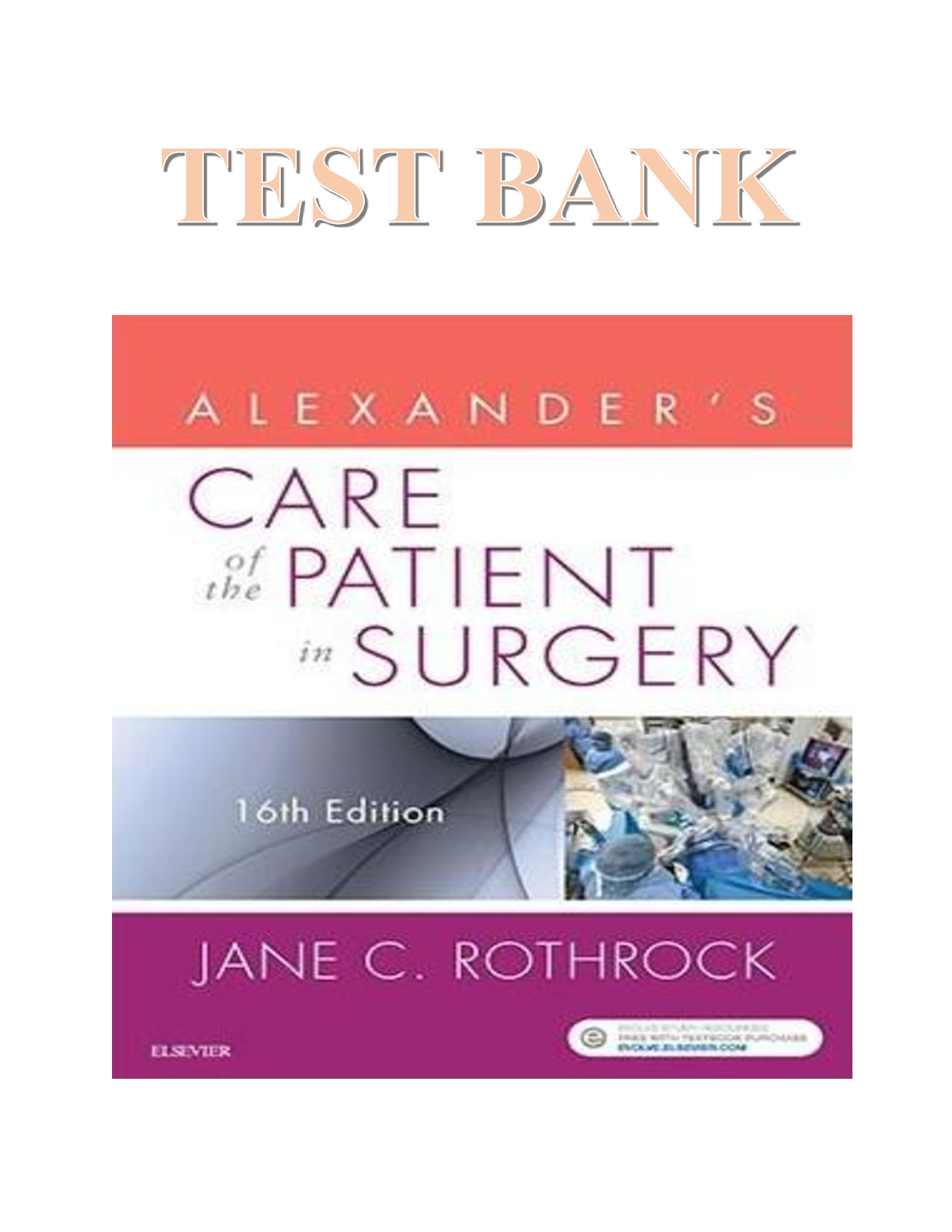
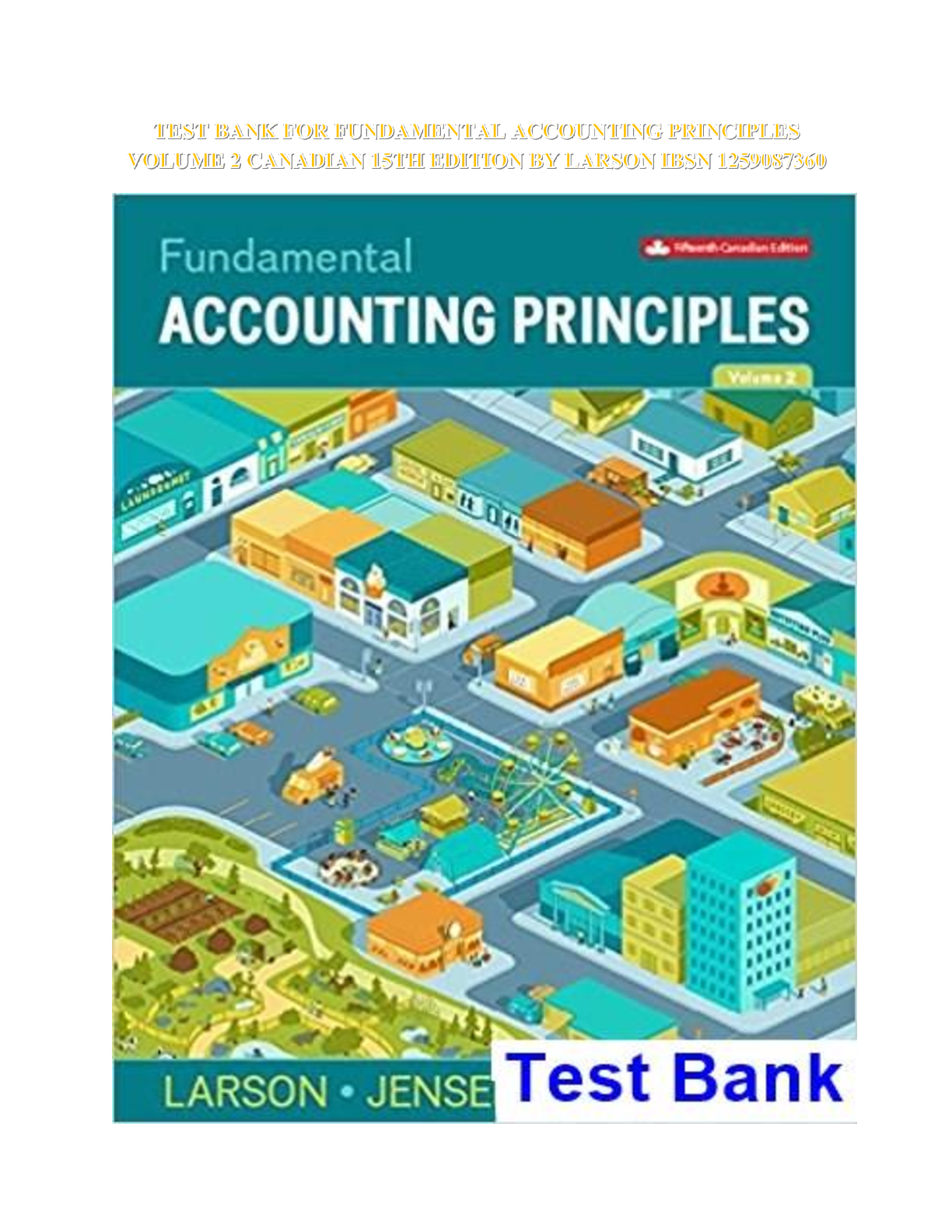
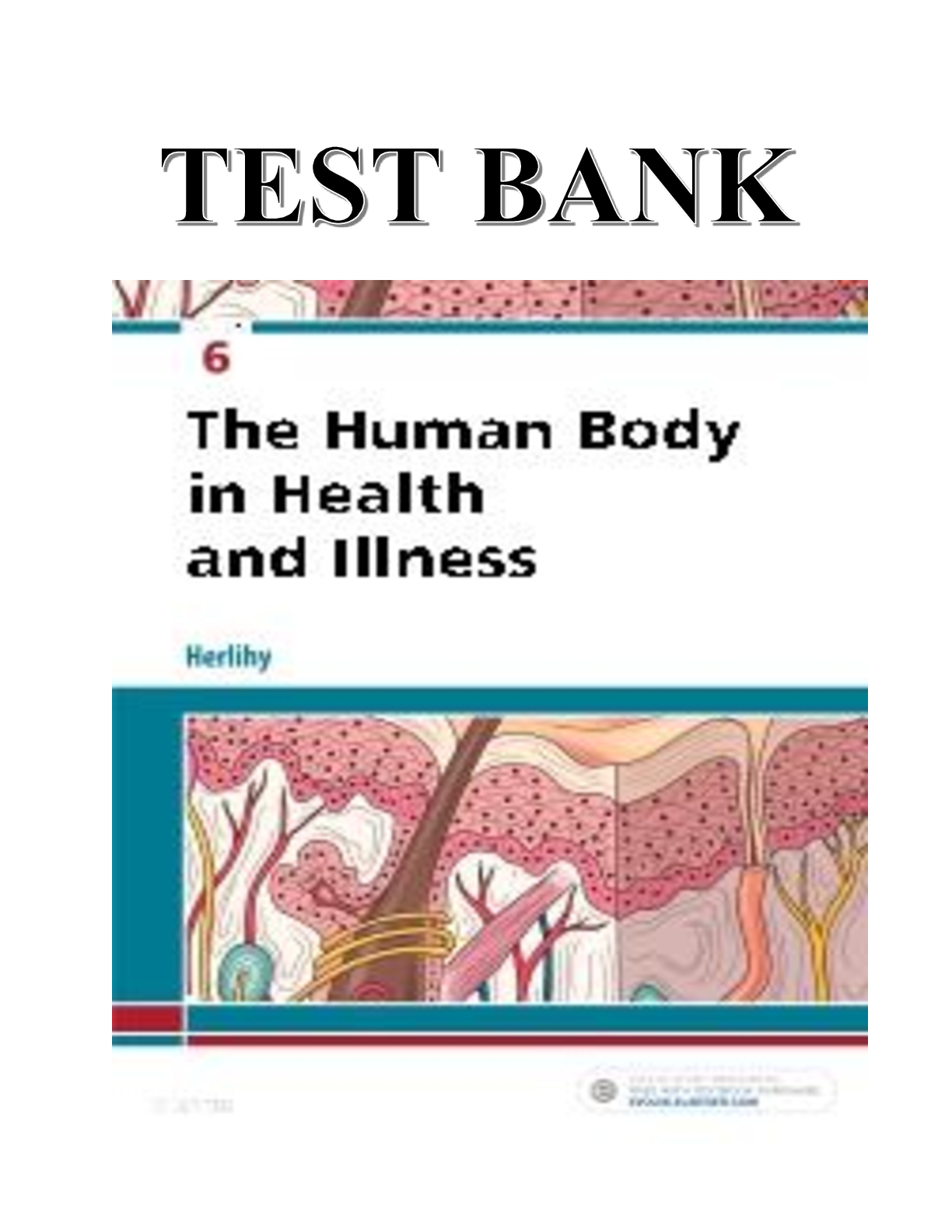
 W2 SH [TRANSCRIPT] – ASTHMA - RESPIRATORY COMPLETED SHADOW HEALTH.png)
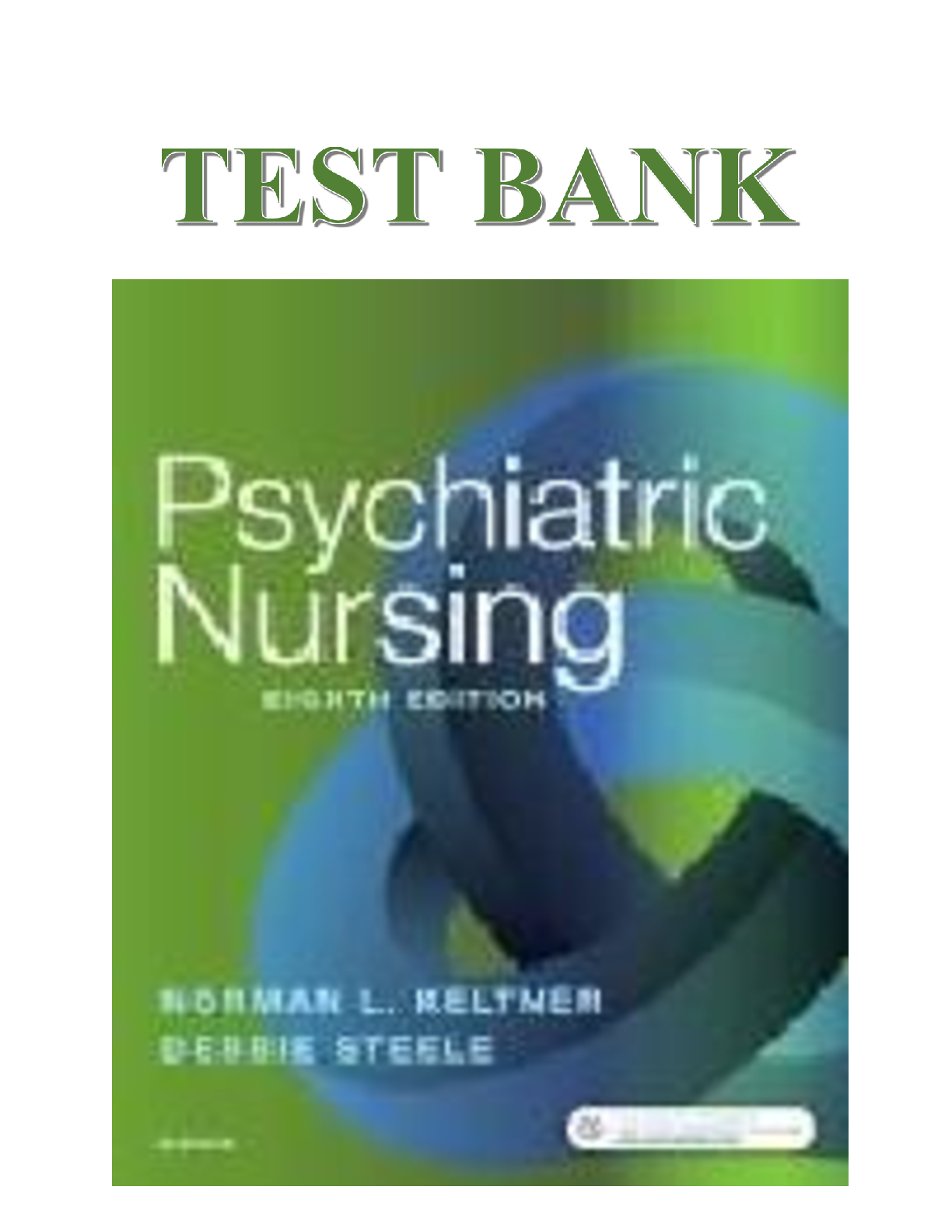

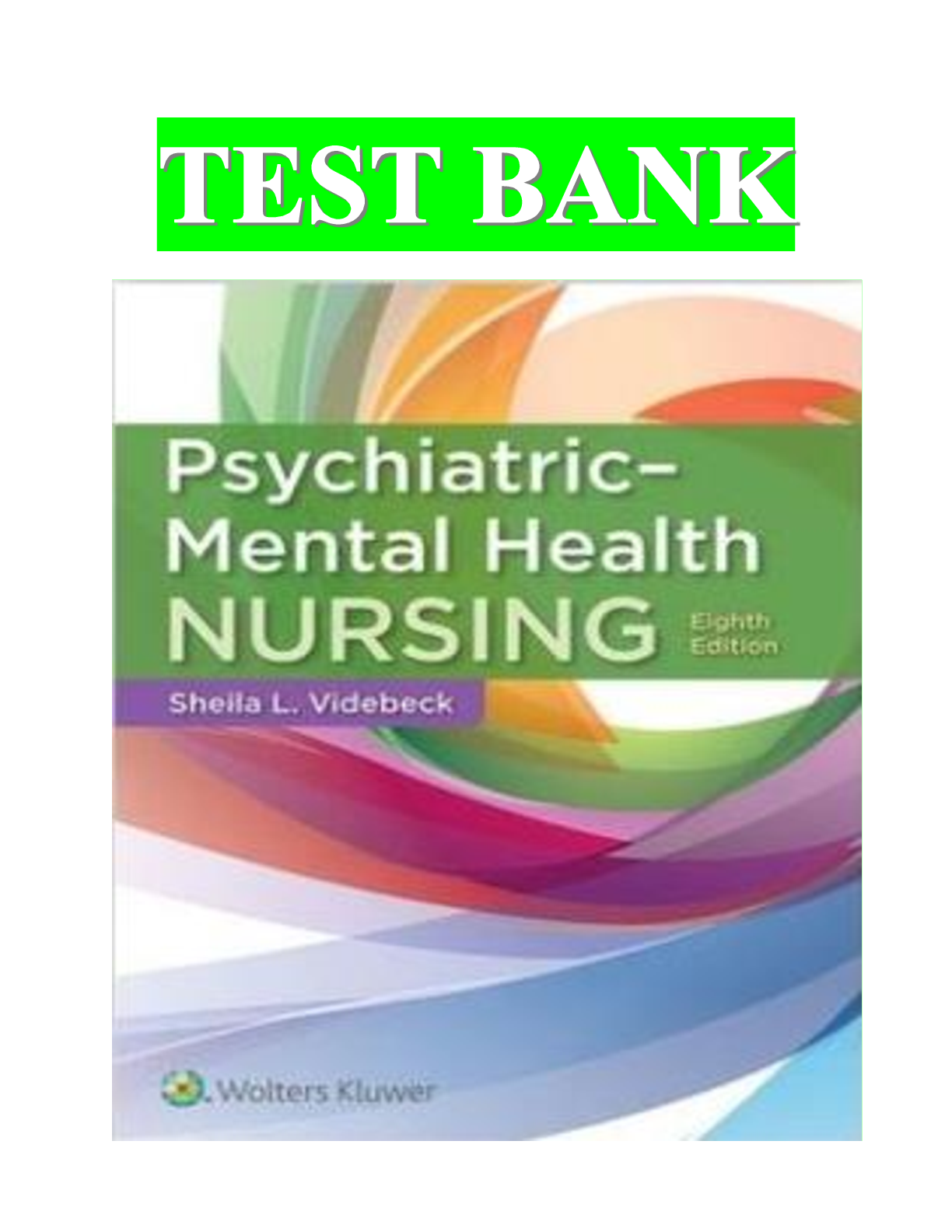
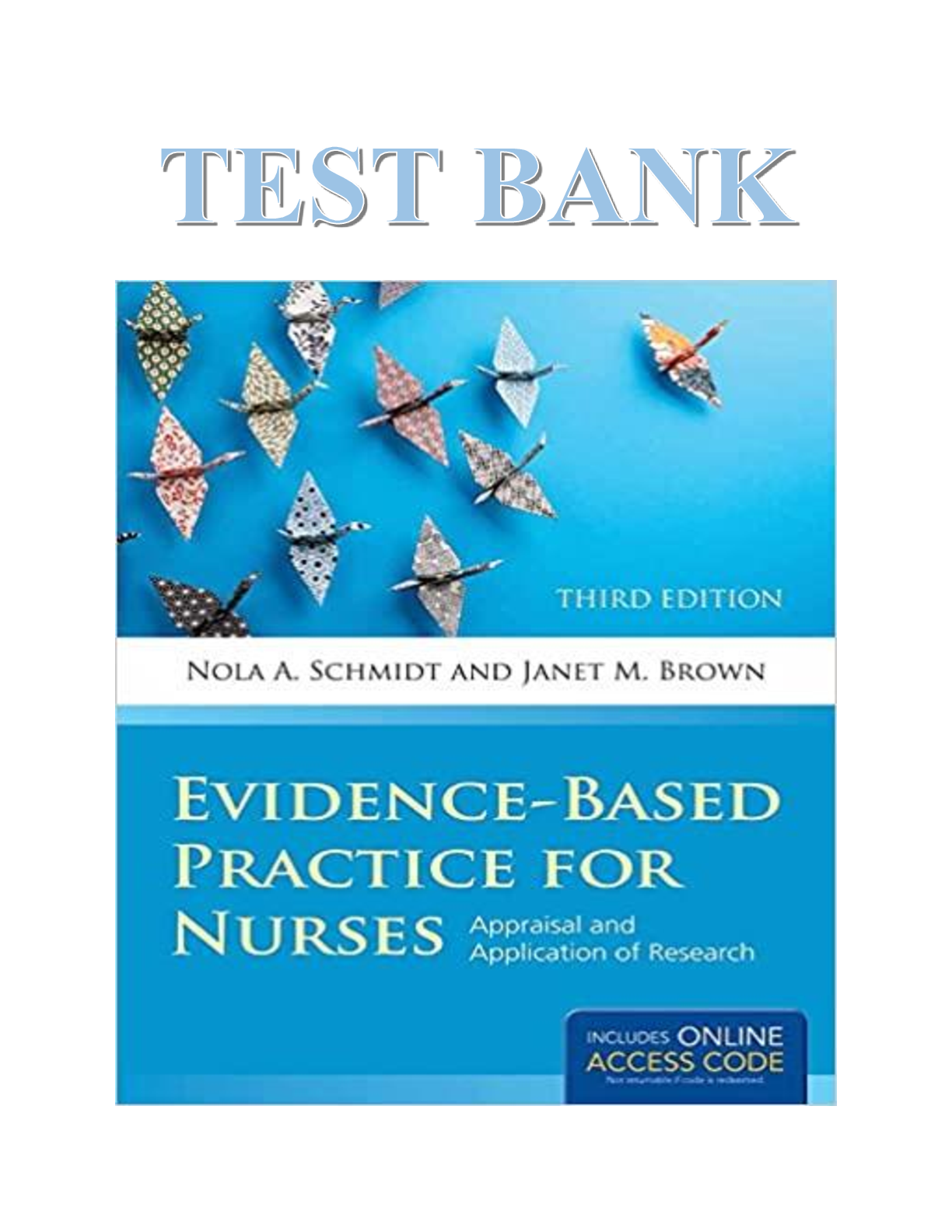



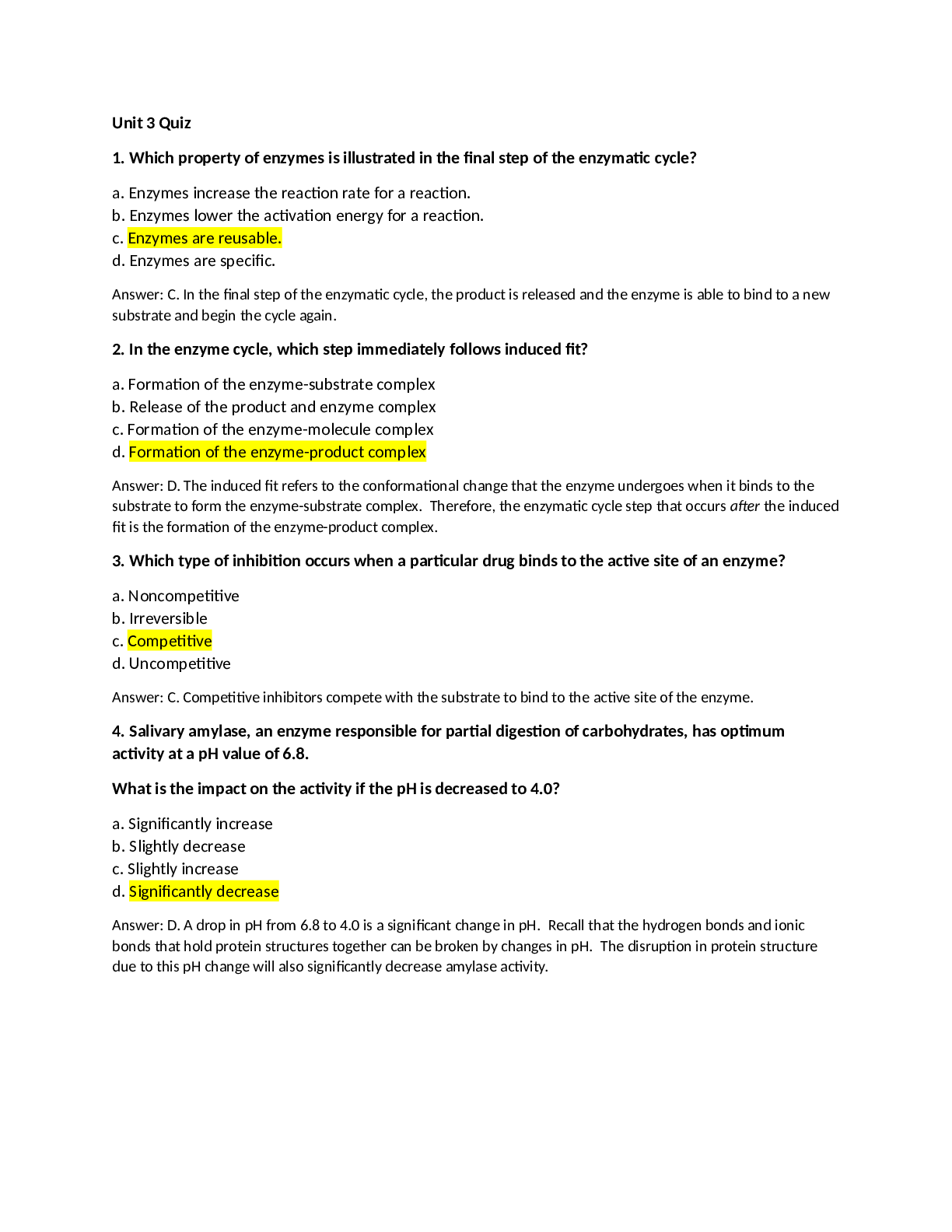
 Latest Questions and Complete Solutions.png)
 Latest Questions and Complete Solutions.png)
 Chamberlain College of Nursing NR 341 (A Graded) Latest Questions and Complete Solutions.png)
 Latest Questions and Complete Solutions.png)
 Latest Questions and Complete Solutions.png)
 Latest Questions and Complete Solutions.png)
 Latest Questions and Complete Solutions.png)


